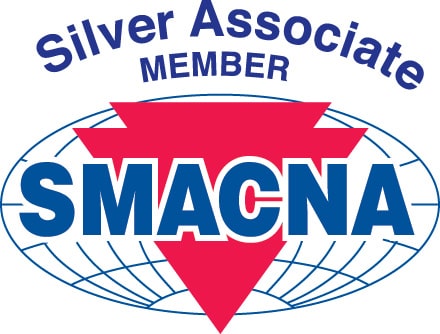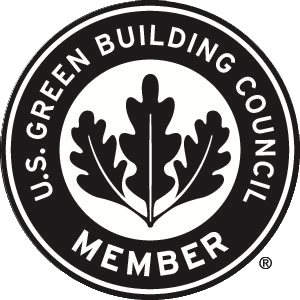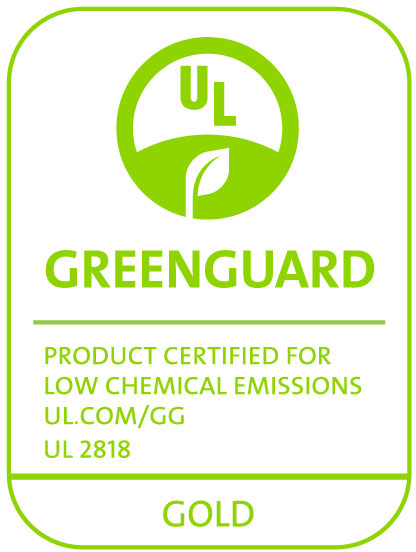Two applicable fire safety standards for HVAC systems in the built environment are NFPA 90A and NFPA 90B. The National Fire Protection Association (NFPA) is a global organization established in 1896, primarily known for code and standard development, that is dedicated to eliminating death, injury, property, and economic loss due to fire, electrical, and other related hazards.
NFPA 90A is the Standard for the Installation of Air-Conditioning and Ventilating Systems, and NFPA 90B is the Standard for the Installation of Warm Air Heating and Air-Conditioning Systems. Both standards address the construction, installation, operation, and maintenance of HVAC systems. Let’s break down how these two fire safety standards differ and how closed-cell elastomeric foam HVAC pipe and duct insulation meet these standards.
NFPA 90A dates back to 1899 and primarily focuses on protecting life and property by stopping the migration of smoke and reducing the potential for fire and gases in forced air systems. Applicable buildings include spaces greater than 25,000 ft3 and those classified as Type III, IV, and V construction over three stories in height regardless of volume.
HVAC pipe and duct insulation, which includes duct linings, vapor retarder facings, adhesives, fasteners, tapes, and supplemental materials installed on air ducts in air plenums (a compartment or chamber in which one or more air ducts are connected and forms part of the air distribution system), must meet ASTM E84 (Standard Test Method for Surface Burning Characteristics of Building Materials) or ANSI/UL 723 (Standard for Test for Surface Burning Characteristics of Building Materials). Both ASTM E84 and ANSI/UL 723 specify a maximum flame spread index of 25 and a maximum smoke-developed index of 50. HVAC pipe and duct insulation that passes this 25/50 requirement is classified as a limited-combustible material (not non-combustible).
NFPA 90A also references ASTM C411 (Standard Test Method for Hot-Surface Performance of High-Temperature Thermal Insulation) which specifies that all pipe and duct insulation shall not flame, glow, smolder or smoke at a minimum continuous service temperature of 250°F (121° C).
The scope of NFPA 90B is identical to NFPA 90A with respect to fire safety and referenced material standards. The main differences are that NFPA addresses HVAC heating systems, building types such as one or two-family dwellings, and spaces not greater than 25,000 ft3 in volume in any occupancy type.
There is one important differentiation to point out with regard to closed-cell foam insulation and how they comply with NFPA 90A/90B. One type of closed-cell foam is called polyethylene, PE, or foamed plastic. Another is called closed-cell elastomeric foam or rubber. If you are considering PE-type insulation to meet either fire safety standard, check with the PE manufacturer to ensure that they pass both ASTM E84 and ASTM C411.
Aeroflex’s Aeroflex® brand of EPDM closed-cell elastomeric foam pipe and duct insulation meet the requirements of NFPA 90A and NFPA 90B by passing ASTM E84 25/50 and ASTM C411 with a maximum continuous service temperature threshold of 257°F (125° C).
To learn more about Aeroflex USA’s fire/smoke-safe thermal insulation solutions for HVAC pipe insulation, chilled water system insulation, refrigeration pipe insulation, plumbing pipe insulation, and duct insulation, click here.
Sources:
https://www.nfpa.org/codes-and-standards/all-codes-and-standards/list-of-codes-and-standards/detail?code=90A
https://www.nfpa.org/codes-and-standards/all-codes-and-standards/list-of-codes-and-standards/detail?code=90B












